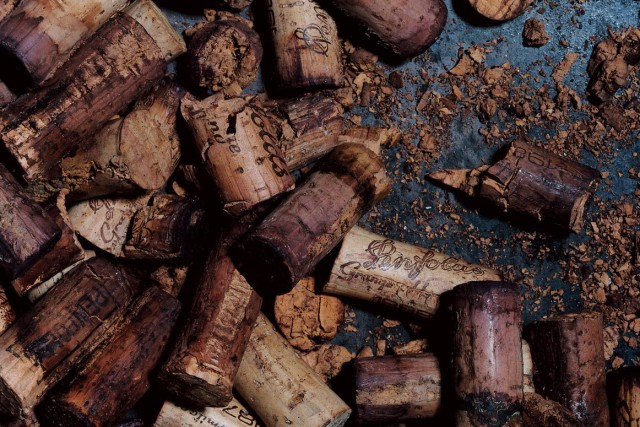
Detecting Wine Faults
Detecting wine faults can be tricky… We’re here to help you sniff them out.
Oxidized Wine – Oxidation is caused by too much oxygen exposure in the bottle, too quickly. It’s a process that naturally occurs in wines as they age. When it happens slowly, as it should, it can add complexity and nuance that can only be found in mature wines. However, in young wines this is most definitely a fault and often caused by a defective enclosure or cork. A few signs that a wine may have received excessive oxygen… In red wines you’ll see a brownish hue (which is normal for older wines), in white wines you’ll notice a darker color and often a brownish tinge as well, a lack of brightness (acid) and/or a raisin or prune like aroma. You may recognize these qualities in wines that you’ve had open for a few days as well. We recommend using a wine preservation tool, such as the Coravin or argon gas to preserve and protect the wine from oxygen exposure if you aren’t finishing the entire bottle in one sitting.
How can you avoid ending up with an oxidized wine? It really comes down to purchasing quality wines from a trusted source that were produced, stored and shipped correctly. Knowing the provenance of a wine is crucial.
Corked Wine – The average wine consumer isn’t easily able to detect a corked bottle of wine. They may notice that something seems off or the wine seems a bit lifeless or musty. Corked wine is caused by a bacteria called Trichloroanisole (TCA). This is a defect that can be caused from various things, tainted corks, oak barrels or bacteria that was introduced during production or bottling. Some common qualities you’ll notice in a corked wine are a dank or musty odor, similar to a moldy basement or wet newspaper. The wine will often seem lifeless and sometimes flat as well as lacking any brightness. Often a sommelier will be seen smelling the wine cork before serving the wine to you. This is simply to check for severely corked wines. Usually tasting a wine is the only sure way to detect cork taint.
Heat & Light Damaged Wine – “Cooked” wine is a common issue you’ll come across. This defect is caused by wine that has been exposed to high temperatures or too much UV light (sunlight or fluorescent lights). This often occurs when people store wines near a window or in an area that is too warm, which virtually kills the wine. If a wine is cooked, you’ll notice it may have some stewed fruit qualities, pruned fruit, taste older than it really is, taste sweeter than it should be and generally off. Wine is a delicate, living thing and this process of cooking it can happen very quickly! Be careful not to leave wine in a hot car or in the sun and always store your wine in a dark, cool space.
VA (Volatile Acidity) – “VA” is something you’ll hear people reference. This is a term for describing the characteristic of acetic acid and is found, to some degree, in every wine. VA can often come across as smelling and tasting like balsamic vinegar if it’s found at high levels. Many winemakers use this type of acid to add complexity to the wine and therefore, it’s not considered a fault unless it has overpowered the rest of the chemical compounds. Many people enjoy VA and most often it goes unnoticed.
Tartrate Crystals – If you’re popping bottles on a regular basis you’ll definitely come across tartrate crystals. These small chunks of minerals often frighten consumers into thinking the wine is damaged. In fact, tartrates are often found in the purest wines! These are simply natural minerals that collect and form in unfiltered wines. They are often found at the bottom of the wine bottle in older wines along with sediment. These are most definiltely NOT a wine fault and to wine experts are a sign of purity and quality.
Leave a Comment